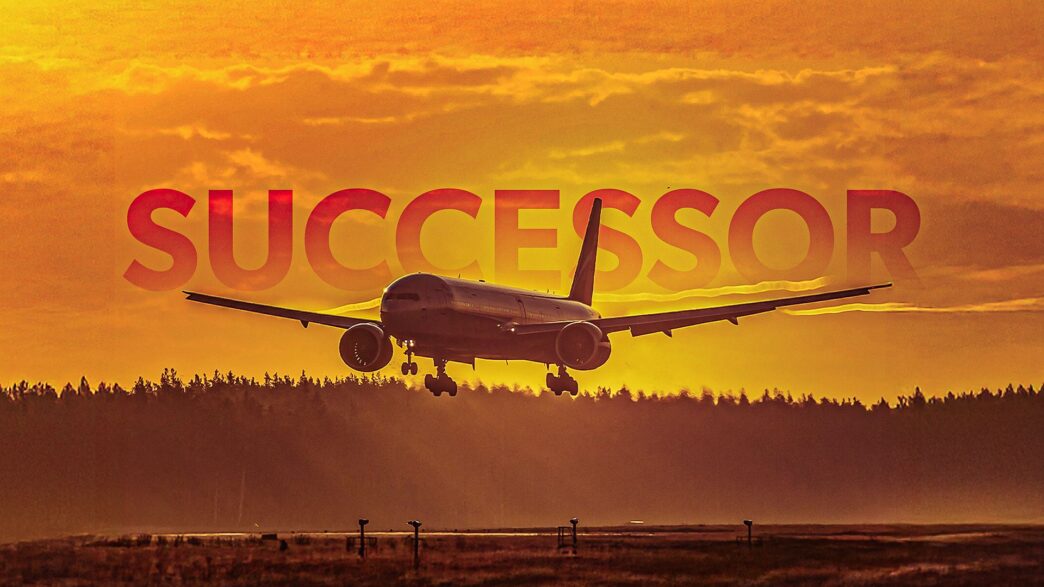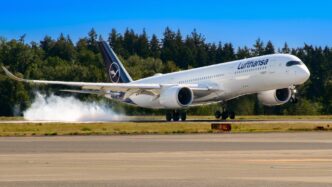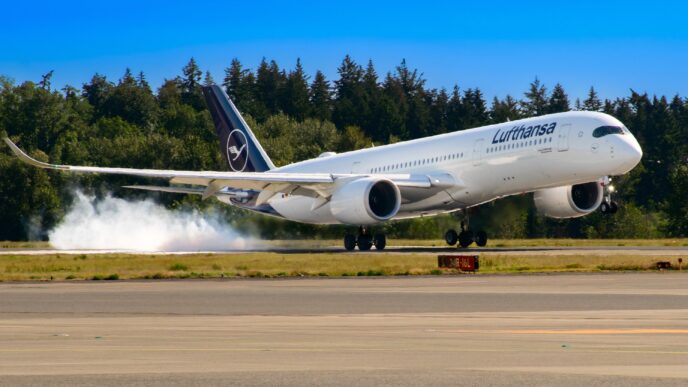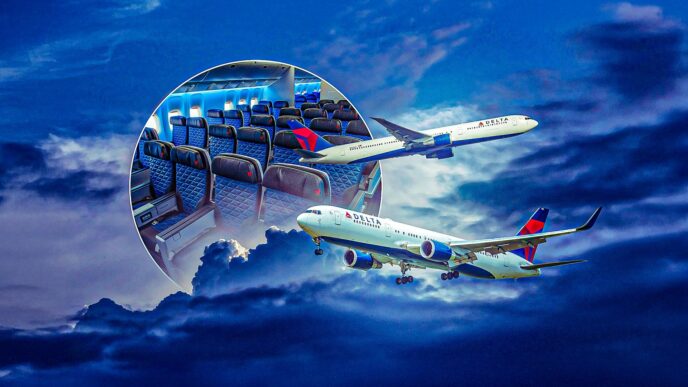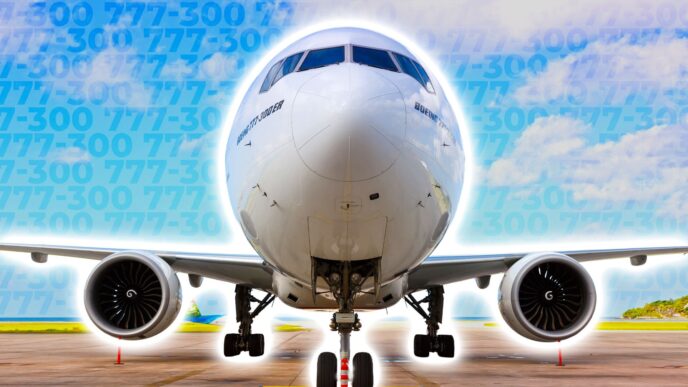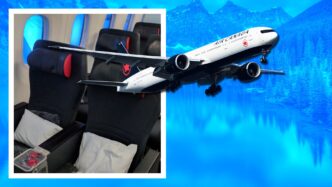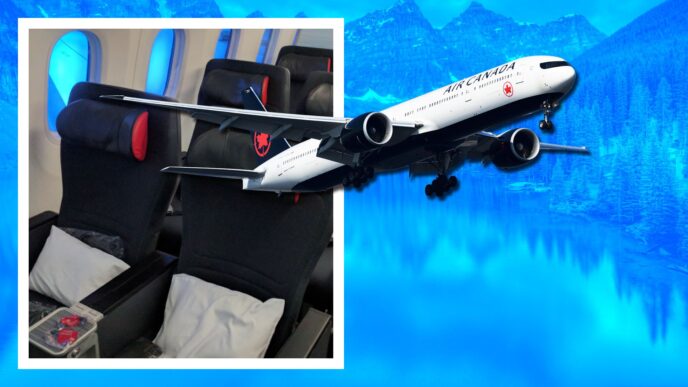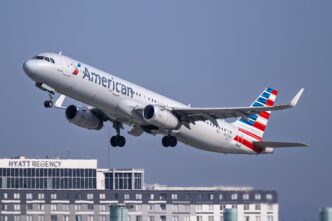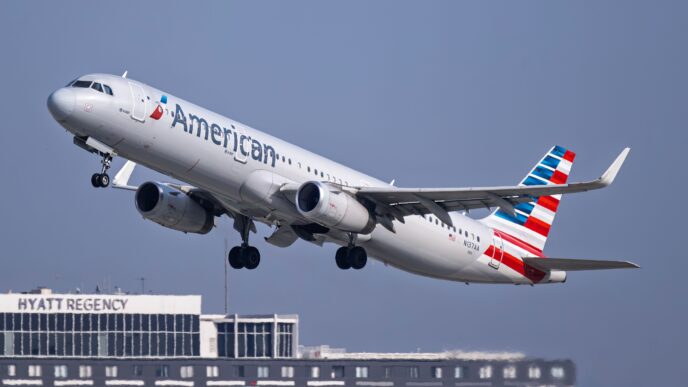The Boeing 777-300ER has been a standout success story for Boeing, with over 800 units delivered, making it the most popular variant of the 777 family. This long-range widebody aircraft has been a staple in the fleets of major airlines like Emirates, Qatar Airways, Air France, and United Airlines since it first took to the skies in 2004. Known for its ability to carry more than 350 passengers in a three-class setup or over 400 in a two-class configuration, the 777-300ER offered airlines a high-capacity alternative to the Boeing 747 and later the Airbus A380. However, after more than 20 years of service, the 777-300ER is gradually being phased out as newer, more advanced aircraft take center stage.
Boeing is gearing up to introduce the 777-9, part of the new 777X family, as the direct successor to the 777-300ER. Expected to enter service in late 2026 or early 2027, the 777-9 will offer similar passenger capacities, seating 349 in a three-class layout or 426 in two classes. Meanwhile, the 777-8, a slightly shorter variant, will accommodate up to 395 passengers in two classes and boast an impressive range of 8,745 nautical miles. These new models promise to deliver enhanced efficiency and performance, keeping Boeing competitive in the long-haul market.
On the Airbus front, the A350-1000 is stepping up as a formidable competitor to the 777-300ER. With a capacity of 350 to 410 passengers in a three-class configuration and a range of 8,000 nautical miles, the A350-1000 offers airlines a modern, efficient option for long-haul routes. Its sleek design and advanced technology make it a popular choice for airlines looking to upgrade their fleets. As the aviation industry continues to evolve, the transition from the 777-300ER to these next-generation aircraft marks an exciting new chapter in air travel.
#Aviation #Boeing777 #AirbusA350 #FutureOfFlight
Originally reported by Simple Flying Read More

